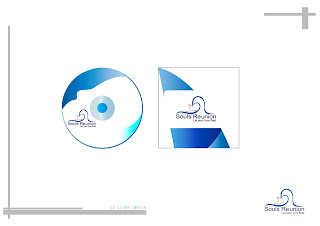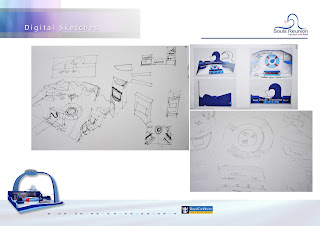Exhibit design the process of developing an exhibit—from a concept through to a physical, three-dimensional exhibition. It is a continually evolving field, drawing on innovative, creative and practical solutions to the challenge of developing communicative environments that ‘tell a story’ in a three-dimensional space.[1] Exhibit designers use a wide range of technologies and techniques to develop experiences that will resonate with diverse audiences–enabling these targeted audiences to access the messages, stories and objects of an exhibit.[2] There are many different types of exhibit, ranging from museum exhibitions, to retail and trades show spaces, to themed attractions, zoos and visitor centers. All types of exhibits aim to communicate a message through engaging their audiences in meaningful and compelling interactions. Exhibit design is a collaborative process, integrating the disciplines of architecture, landscape architecture, graphic design, audiovisual engineering, digital media, lighting, interior design and content development to develop an audience experience that interprets information, involves and engages a user and influences their understanding of a subject.[3] Throughout the planning and design process, exhibit designers work closely with graphic designers, content specialists, architects, fabricators, technical specialists, audiovisual experts, and, in the case of museums and other mission-based institutions, stakeholders like community members, government agencies and other partner organizations. The exhibit design process builds on a conceptual or interpretive plan for an exhibit, determining the most effective, engaging and appropriate methods of communicating a message or telling a story. The process will often mirror the architectural process or schedule,[4] moving from conceptual plan, through schematic design, design development, contract document, fabrication and installation. The first phases establish a thematic direction and develop creative and appropriate design solutions to achieve the interpretive and communication goals of the exhibit. The latter phases employ technical expertise in translating the visual language of the designs into detailed documents that provide all the specifications required to fabricate and install an exhibit.[5] [edit]




































































































